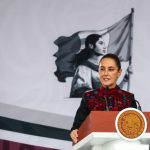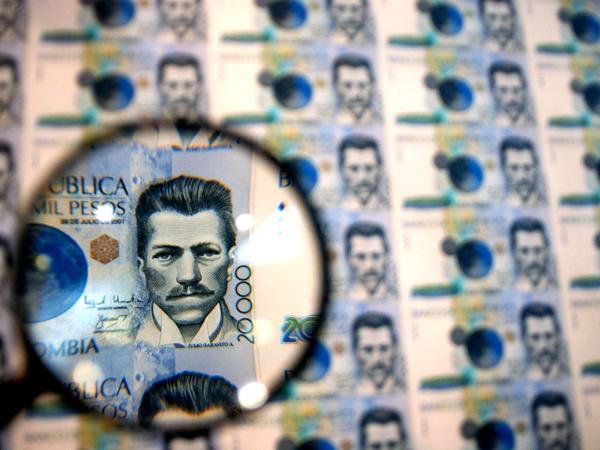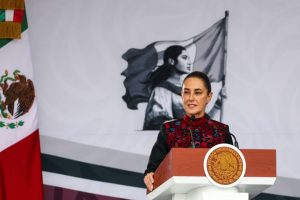Central banks play an essential role in the development of the world economy, since they have the responsibility of supervising and controlling the functioning of the financial system.
In the Colombian case, that role is fulfilled by the Banco de la Repúblicawhose main function is to establish the country’s monetary policy in order to stabilize the local currency, create employment and control inflation.
(More news: Banco de la República launches a new 10,000-peso commemorative coin)
Of course, Banrep is also in charge of issuing the bills and coins that will later reach consumers, and controlling the amount of money that circulates in the market.
This year the monetary authority celebrates 100 years since its foundation on July 23, 1923 and to commemorate this century of life, here we tell you the story behind its ideation.
ticketing
Long before the consolidation of a central bank was even considered, the country’s economic scenario was quite complex.
In 1820, the nascent Republic of Colombia was beginning to organize itself, so it still did not have banknotes that would help it support economic transactions. Back then, the only means of exchange were gold and silver coins.
(Read more: Will Colombia begin to cut its rates?: This says the Ministry of Finance)
After several attempts, in 1880 the State created the National Bankan institution that would serve to promote public credit and to be in charge of issuing banknotes.
However, over-issuance, high inflation and the economic crisis resulting from the Thousand Days’ War put an end to this entity, which ended up being liquidated in 1899.
Years later, the Central Bank of Colombia was created, which functioned from 1905 to 1909, when the privilege of printing banknotes was suspended. From then on and until its liquidation, it fulfilled the functions of a private bank.
The economic difficulties and monetary disorder that the country experienced at the beginning of the 20th century, They highlighted the need to have an institution that would make it possible to give solidity to the local currency and credit.
This is where the name of Edwin Walter Kemmererthe man who would help lay the foundations for the constitution of a new autonomous and independent central bank.
(You may be interested in: Be careful! This is how you can identify if a 100,000-peso bill is fake)
It all goes back to 1923, when the current president, Pedro Nel Ospina, invited a commission of experts and economists headed by Kemmerer, who helped prepare the new regulations.

Bank of the Republic
The Bank of the Republic is born
The highest monetary authority in Colombia was created in 1923 through Law 30 issued by Congress. to face the complex economic situation that the country was going through, consolidating the establishment of a true national financial system.
Since its inception, the entity has undergone several important changes in its efforts to strengthen the national economy and preserve purchasing power, including a greater incidence on the part of the Government.
(More news: These are the commemorative coins that have come out in Colombia)
In this sense, in 1963, President Guillermo León Valencia signed the creation of the monetary board, a body that replaced the board of directors and helped to trace the path of monetary policy and the creation of development loans that were administered by the bank. .
To avoid creating confusion between the activities that corresponded to Banrep and those that should be in charge of the Government, in 1991 the Banco de la República became a single entity. That is to say, an autonomous and independent entity of the Executive power.

Leonardo Villar, manager of the Bank of the Republic.
(Read more: Long lines are driving high demand for the $10,000 coin.)
With the Constitution of 1991, the Issuer was granted specific functions related to the monetary, exchange and credit policy which he performs to this day.
In addition, with the autonomy of the central bank, the guidelines for the formation of its board of directors were also established.
This body is made up of seven members: the Minister of Finance, the General Manager of the entity and five full-time members, whose responsibility is to exercise the functions of monetary regulation and control.
BRIEFCASE













